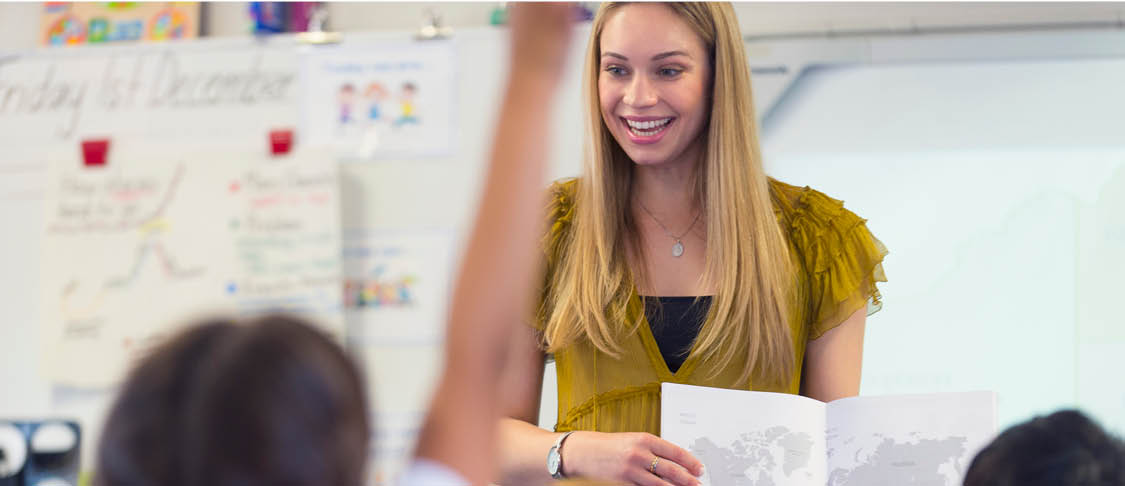 FISO and Whole of School Impact
FISO and Whole of School Impact
Schools are encouraged to use the Framework for Improving Student Outcomes (FISO 2.0), including updated resources and tools, to develop their 2022 Annual Implementation Plan (AIP).
The FISO 2.0 comprises:
- 2 outcomes of learning and wellbeing
- 5 core elements of leadership, teaching and learning, assessment, engagement, and support and resources
- 10 dimensions that underpin the elements and, indicate priority areas of practice to improve students' learning and wellbeing.
Attributes for global learning and engagement, and global citizenship can be activated particularly through the following dimensions.
Engagement
- Activation of student voice, agency, leadership and learning to strengthen students' participation and engagement in school
- Strong relationships and active partnerships between schools and families/carers, communities, and organisations to strengthen students' participation and engagement in school.
Leadership
- Leaders actively support and celebrate diversity and inclusion, promote cultural awareness and safety and address discrimination and racism to promote respectful and inclusive attitudes, behaviours and practices.
Learning and Teaching
- Students and teachers collaborate to design learning intentions that connect to real world contexts and empowers students to explore issues and take action to solve problems.
Support and resources
- Students are provided opportunities to lead and demonstrate agency in collaboration with teachers and parents/carers to create a shared understanding of how to support and enhance learning and wellbeing in respect to the school's culture and context.
- It is expected that the forthcoming FISO Continua of Practice will include practical and relevant examples of GL&E as a means of improving learning and wellbeing outcomes.
Global learning and engagement programs
Schools can derive a whole-school benefit by implementing global learning and engagement activities. The below programs help schools to improve student achievement, engagement and wellbeing by creating a positive climate for learning, community engagement, professional leadership and excellence in teaching and learning.
International Student Program
Schools that host international students see deep cultural enrichment, language learning and global perspectives strengthened in classrooms. Local students learning alongside students from diverse cultures develop the skills vital to succeeding in a fast-changing workforce and world.
International students in Victorian government schools originate from over 80 different countries, and bring new ideas and valuable cultural and linguistic diversity to Victorian schools and communities. For more information, see: International Student Program.
Sister schools
Victorian schools have more than 483 sister school partnerships with schools intrastate, interstate or internationally. Sister schools provide valuable, real-world learning experiences, language development and collaboration opportunities.
For more information on how to develop a meaningful, reciprocal and sustainable Sister School partnership, see:
Sister Schools.




